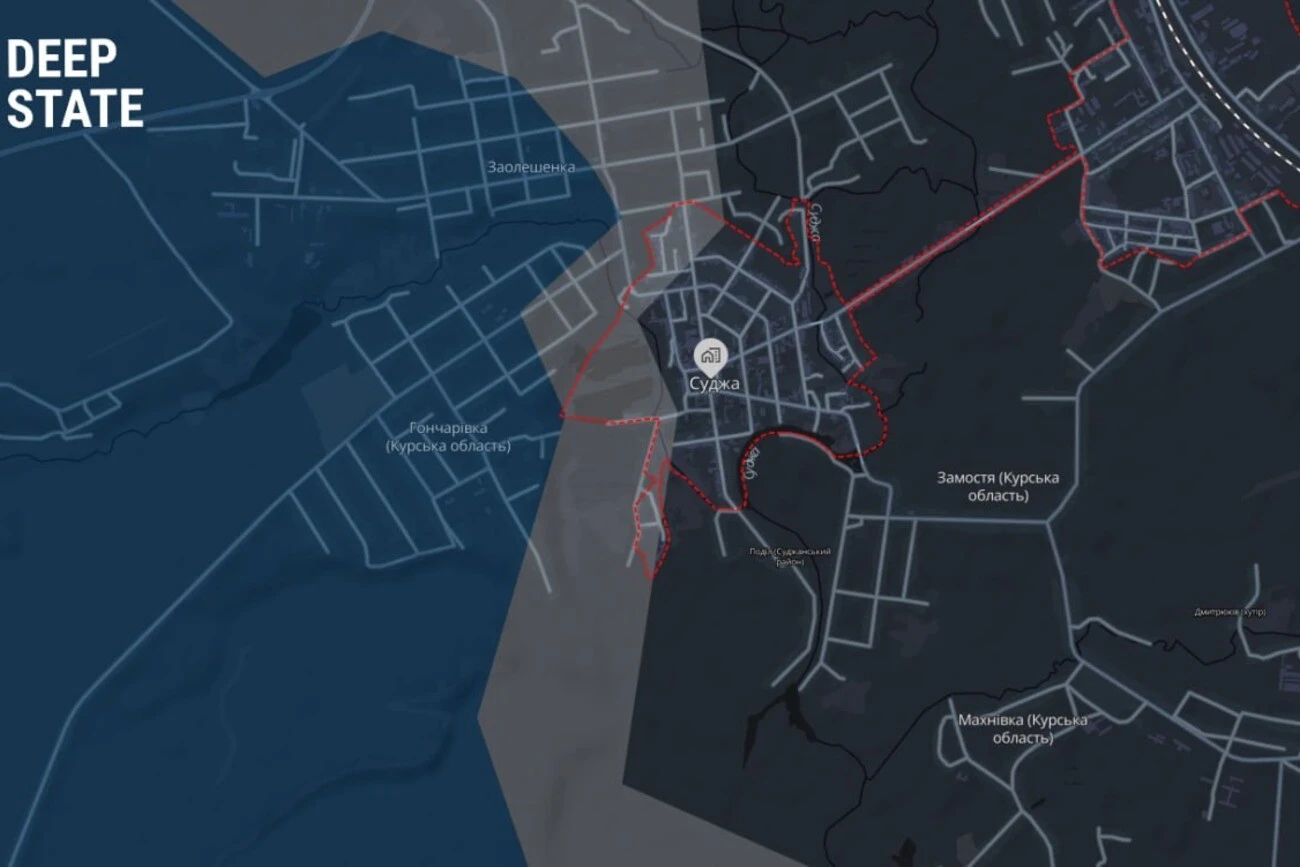On March 12th, it became known that Russian troops entered the town of Sudzha in Kursk Oblast. This information is confirmed by updates on the DeepState project maps, which indicate that a major part of the town is already under the control of the Russian army, while the eastern part remains in a “gray zone”. Ukrainian forces continue to resist, holding about 140 km² of territory in the region. Does this mean the end of the ZSU’s Kursk operation? Let’s delve into the details.
The Situation in Sudzha: What is Happening Now?
According to official statements from Ukrainian military and government representatives, there is no talk of the complete withdrawal of the ZSU from Sudzha. The battles in the town continue, and the Ukrainian army keeps carrying out combat missions. This was emphasized by Ukrainian President Volodymyr Zelensky during a conference on March 12, highlighting the importance of preserving the lives of Ukrainian soldiers.
The Secretary of the Verkhovna Rada Committee on National Security, Defense, and Intelligence, Roman Kostenko, confirmed that Russian troops were able to enter part of the town, but the ZSU continues to resist.
At the same time, Russian state media and pro-military Telegram channels claim that the Russian army has taken full control of the town. Footage has emerged online showing Russian troops raising the Russian flag, supposedly near the city administration building. However, the Russian Ministry of Defense did not mention Sudzha among the populated areas taken under control in its morning statement on March 12.
Analysis of the Situation from International Experts
Analysts from the American Institute for the Study of War (ISW) reported on March 11 that Russian troops had made confirmed advances in the Kursk Oblast territory and likely started an assault on Sudzha. On March 10, the analysts noted the strengthening of Russian positions northeast of Sudzha and the preparation for the town’s storming.
Experts also noted a coincidence in timing between the suspension of intelligence sharing between the US and Ukraine and the intensification of the Russian offensive in Kursk. According to reports, the Donald Trump administration temporarily halted the exchange of intelligence between the US and Ukraine on March 5, which could have impacted the dynamics of the combat operations. By March 6 and 7, the Russian army significantly intensified its offensive actions in the Kursk region.
What to Expect Next?
Judging from the current situation, the battles for Sudzha are not yet over. While Russian forces were able to advance into the city, Ukrainian military forces continue to defend and strike at enemy positions. The decisions on further actions by the Ukrainian Armed Forces will depend on military strategy and the events on the battlefield.
Meanwhile, the suspension of intelligence sharing between the US and Ukraine may complicate the planning of Ukrainian operations in this direction. This raises an important question about the role of international support in the war and the influence of political decisions on combat actions. It was announced yesterday that intelligence sharing has resumed, however, the consequences of the pause will be felt by the Ukrainian side for some time.
Conclusions
Events in the Kursk region are escalating. The Russian army is conducting an active offensive, while the Ukrainian Armed Forces continue to defend positions and resist. The situation in Sudzha remains uncertain, and the coming days may be crucial for this region. International support for Ukraine remains a significant factor, especially in intelligence and arms supplies.
We are monitoring the situation and updating information in real-time.


